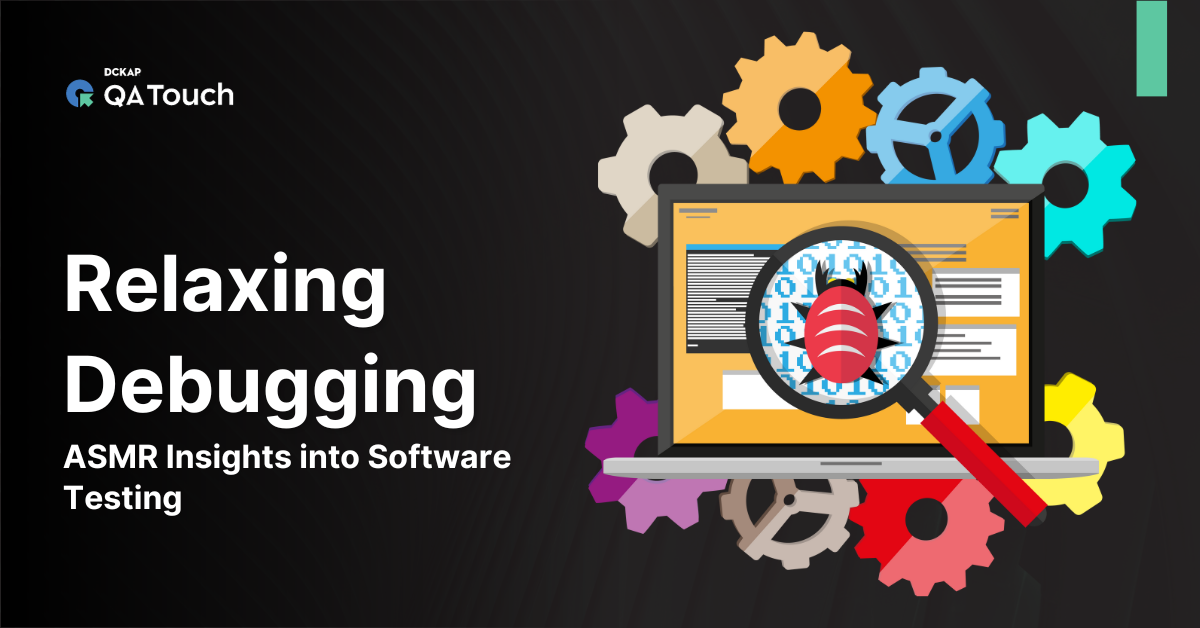If you develop software, you strive to make well-thought features that support the application’s logic. Integration testing is an integral part of releasing an app with well-considered reason and errorless performance as the title suggests that we look at how various pieces are integrated during integration testing.
Find out these components and why it is important to check for integrity in this post.
Recommended read: Unit Testing
What is Integration Testing?
Integration Testing is said to be a type of testing in which software modules are conceptually integrated and tested collectively. Multiple software modules created by various programmers or testers make up a typical software project. This level of testing’s objective is to find issues with how various software modules interact when combined.
The main goal of integration testing is to examine how well these modules communicate data. The name “I & T” (Integration and Testing), “String Testing,” and occasionally “Thread Testing” are also used to describe it.
Why Perform Integration Testing?
- Defects in integrated components are very difficult to discover and correct. You can benefit from running integration tests in such circumstances.
- You may identify and correct errors at the very beginning of the development process with integration testing.
- This test is more efficient than the end-to-end tests.
- You can use this test to identify system problems like faulty database schema and cache integration.
- Reducing the likelihood of software failure is possible through integration testing.
- You may check the structural changes that occur when a user switches between modules by conducting this testing.
- By addressing problems in the Integrated modules, a system’s total number of bugs can be decreased.
- You can cover many modules with integrated testing, giving you broader testing possibilities.

Types of Integration Testing
How integration testing is done by combining various functional units and testing them to look at the outcomes. As seen in the illustration, there are two different types of integration testing:
Incremental Integration Testing
In incremental integration testing, two or more logically related modules are combined. Until the testers have tested the entire system, each module will be added one at a time to the testing unit. This method enables you to test the system for flaws in a smaller unit at an early stage while it is still relatively simple to identify the problem.
This kind of testing aims to provide developers with feedback right away so they can address any errors. Without affecting the other modules, any bugs discovered during this testing can be rectified. Stubs (called programs) and drivers (calling programs) are typically used in this approach to configuring the transmission. Drivers and Stubs are similar programs that are used for communication.
There are three methods for carrying out this integration test.
Bottom-up Approach: In this approach, testing begins with the lowest-level architectural module. The testing control flow starts at the bottom and rises. When the top modules are in development, this strategy will be used. The missing module’s functionality will be restored using this method by using the drivers. This method of testing and developing a product is effective and has a high success rate. Compared to other conventional testing methods, it is quicker.
Top-down Approach: This method involves starting testing from the architecture’s topmost module. From the top, the testing control flow falls. The working modules that are missing will be restored using stubs as duplicate programs. As stubs, which are often simpler to construct than drivers, are used in this manner, it is comparatively simpler than the bottom-up approach. Due to this method’s progressive nature, it is simple to identify interface errors.
Sandwich Approach: It combines top-down and bottom-up approaches. This method involves testing lower modules with higher modules while also testing higher modules against lower modules. By simultaneously testing the top and bottom modules, the mid-module is where we should be. Stubs and drivers are both used in this method.
Big Bang Integrational Testing
Typically, this kind of testing is done only after all the modules have been created. Once all modules have been created, they will be connected to create a single software system before testing is carried out. Smaller systems typically benefit from this kind of testing.
The biggest drawback here is that some of your resources will be idle as they must wait for all the modules to be produced before starting the testing process. This makes it expensive and time-consuming considering that each module will be developed before even beginning the integration testing.
Benefits of Integration Testing
Integration testing enables the splitting of code into blocks made up of multiple units, allowing for gradual software component testing before system assembly. It implies that all systems will be appropriately revised regardless of when, how, or why they were initially developed.
Since only functional and highly-performing builds should be permitted to move on to the next stages of testing, verification of software integrity is important. Otherwise, it will be harder and also take longer to find bugs.
The benefits of integration testing, are as follows:
- Simultaneous testing of multiple modules is extremely convenient, practical, and cost-effective.
- Integration tests can be performed at any stage of the SDLC.
- It is a game changer for a team working on projects with constantly changing requirements or logic that is being reviewed after development has begun.
- Unlike other types of tests, integration tests can cover any amount of program code in a single sprint.
Conclusion
This article focuses on integration testing and We hope, we’ve explained all about it clearly in this post. Integration testing is an essential part of the testing cycle because it makes it easier to find defects when two or more modules are integrated into the first step.
It helps in the detection of defects at an initial point, saving time and money. It helps to ensure that the integrated modules function properly.











